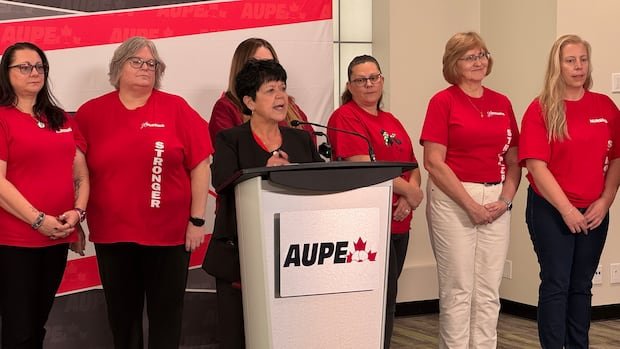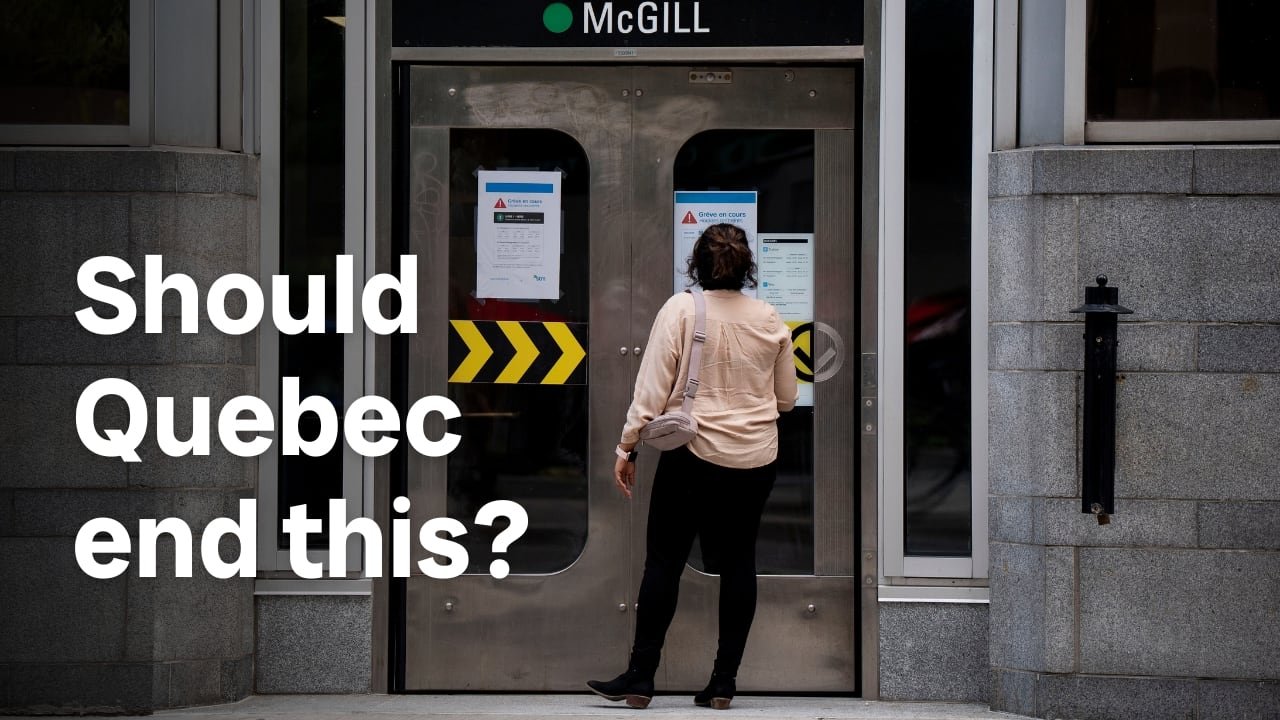Nursing staff represented by the Alberta Provincial Employees Union voted 98 per cent in favor of the strike.
Voting took place between October 30 and November 3. The union says 11,031 members voted.
“They voted overwhelmingly to strike because they are fed up with stagnant wages and unsafe working conditions that harm workers, patients and Alberta’s public health system,” AUPE president Sandra Azocar said at a news conference in Edmonton on Wednesday.
AUPE says talks with its employer, Alberta Health Services and the four organizations that replaced the former provincial health authority, broke down in April. Negotiations between the parties will resume on Thursday for mediation.
The 16,000 members, who are mostly practical nurses and licensed healthcare assistants, could give notice of strike action as early as Nov. 17.
“Our members would prefer to do their jobs, but they are prepared to stand up for what they deserve and take industrial action if necessary,” Azocar said.
The potential job action by AUPE nursing staff comes after teachers represented by the Alberta Teachers’ Association walked off the job for three weeks before provincial legislation ordered them to return to work. The ATA had a strike mandate of around 95 percent.
Nate Horner, Alberta’s finance minister and Treasury board chairman, said in a news release that he was disappointed by the strike vote.
He said the government is offering a 12 percent pay rise over four years.
“This is a fair and competitive deal, in line with more than 87 deals negotiated across the public sector,” Horner said.
Horner said AUPE wants LPNs to be paid the same as registered nurses, with pay increases ranging from 40 to 55 percent. Horner said union negotiators also want to reduce annual work hours. He said the overall proposal would cost more than $2 billion.
“While LPNs play a critical role, a key consideration to consider is the fact that they do not have the same education or scope of practice as registered nurses,” Horner said.
Kate Robinson, lead negotiator for the AUPE team, said LPNs’ scope of practice is 84 percent of the tasks performed by RNs, but they are paid about 67 percent of what RNs earn. In comparison, Manitoba pays its LPNs 81 per cent of what a registered nurse earns.
Robinson said Alberta’s registered nurses are now the highest paid in Canada, but LPN salaries put them in seventh place.
“There is a long way to go not only in terms of catching up with the rest of Canada, but also keeping pace with the salaries of registered nurses.
“And 12 percent in four years just widens that gap even more than it is now.”
Healthcare assistants will become a regulated profession in February, which is also a factor in the negotiations.
The union has an essential services agreement in the event of a strike. With a vacancy rate of 10 to 12 percent, Robinson said some areas already have staffing levels below what the agreement prescribes during a strike.









